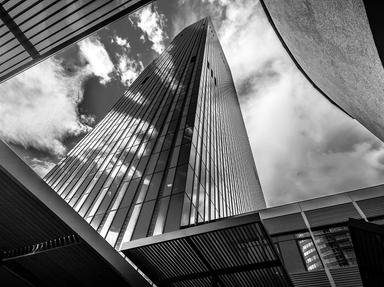Quiz Answer Key and Fun Facts
1. Our first world leader's portrait was painted in 1537 by Hans Holbein the Younger, a member of the Northern Renaissance school. Who is this monarch who is associated with the Battle of Flodden and Pope Clement VII?
2. This 1805 work is one of numerous paintings of this controversial world leader painted by the French Neoclassical artist Jacques-Louis David. Who is the figure dressed in imperial costume?
3. Painted in 1800, this portrait by Rembrandt Peale now hangs in the Blue Room at the White House. Which Virginian world leader does it depict?
4. This 1701 portrait by the Baroque artist Hyacinthe Rigaud depicts a monarch who was a world leader for more than half a century. Who is this long-serving monarch?
5. Painted by leading portraitist John Hoppner, who is this statesman who served almost 20 years as British Prime Minister, painted shortly before his death in 1806?
6. This portrait depicts one of the most powerful leaders the world has ever seen, painted posthumously at the end of the 13th Century by the artist and astronomer Anige. Who is this leader, whose empire covered more of the known world than any other in history during the 13th Century?
7. Painted by portraitist Robert Home in 1795, who is this Irish-born politician and military leader wearing the uniform of a Major-General?
8. This portrait is a work by 15th-Century Estonian artist Michael Sittow. The subject arguably did more than any other king to change the entire face of the planet. One of his daughters would go on to be the wife of an important English monarch and the mother of another. Who is he?
9. Our next exhibit was painted posthumously by the 15th-Century Italian Mannerist artist known as Il Bronzino. The subject, who lived a century before Il Bronzino is famous as the founder of one of the most influential family dynasties in European history. Who is this wealthy banker who was also a patron of the arts and architecture?
10. We finish with a portrait of a young princess and her pet spaniel, Dash. Painted by George Hayter in 1833, who is this young lady who would one day be the titular leader of much of the world?
Source: Author
EnglishJedi
This quiz was reviewed by FunTrivia editor
stedman before going online.
Any errors found in FunTrivia content are routinely corrected through our feedback system.

